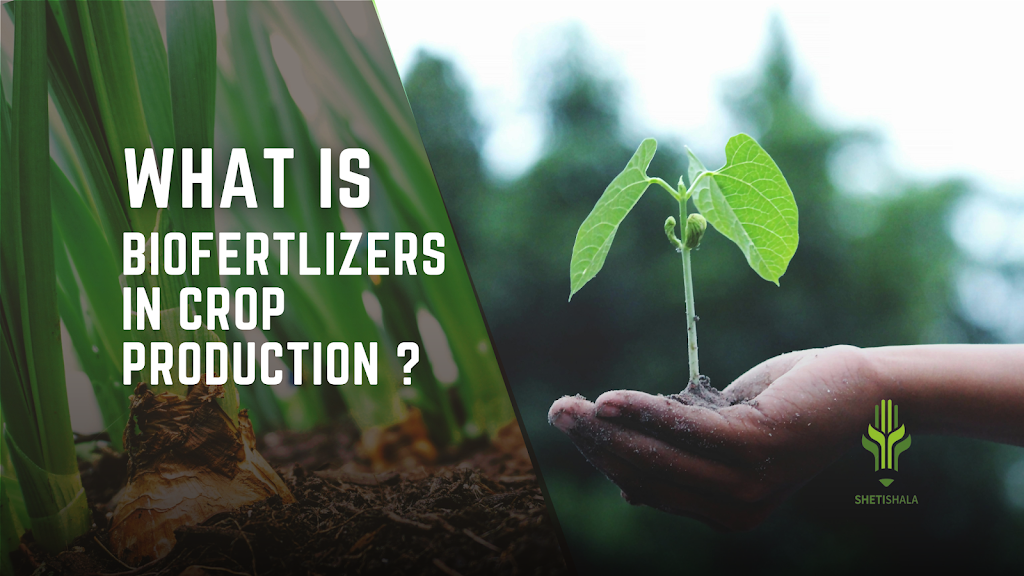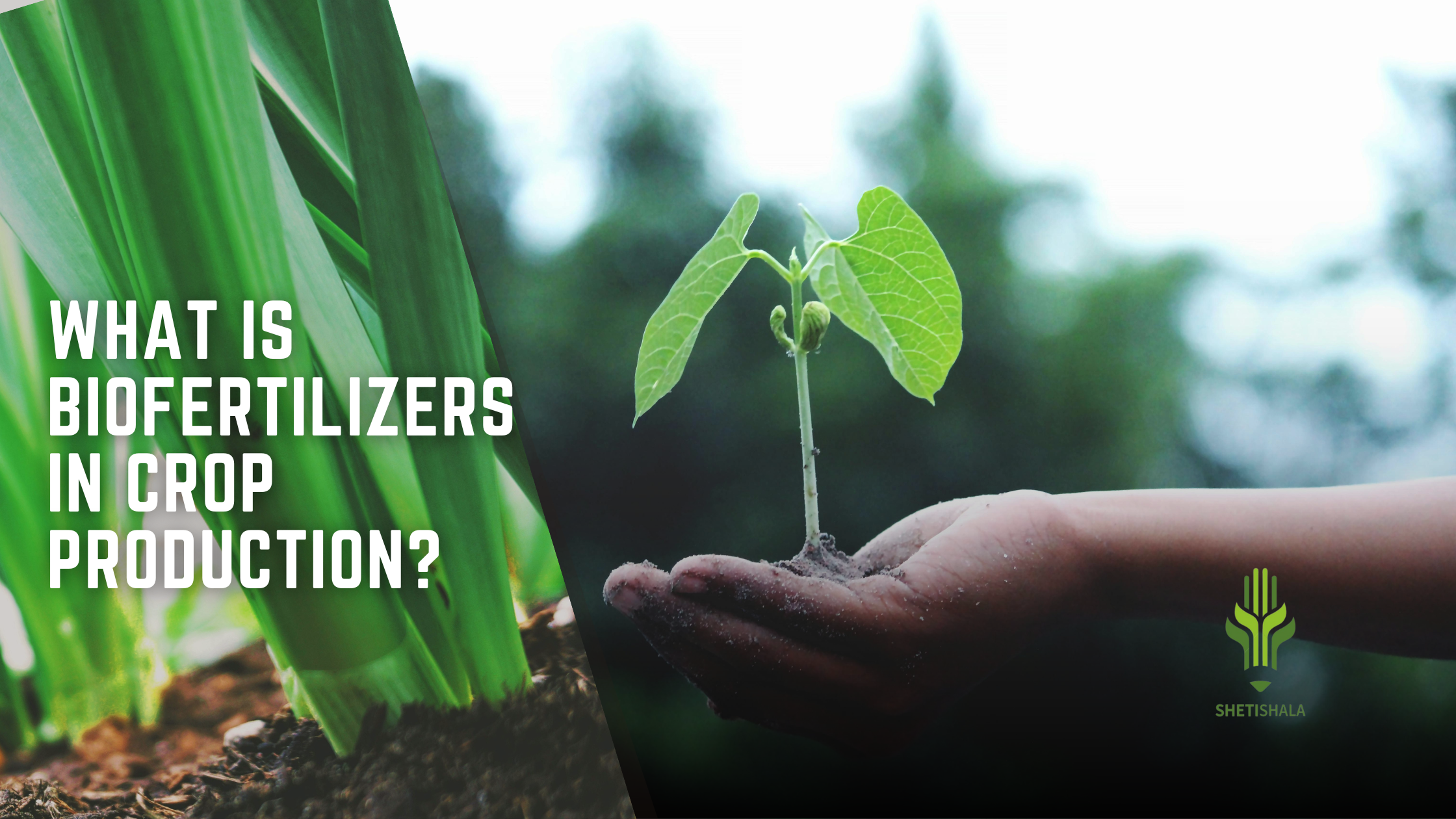Before touching biofertilizers, some basic facts:
Fertilizers supply essential plant nutrients, mainly Nitrogen(N), Potash (K) and Phosphorous (P) as they are removed in large quantities from the soil by each successive harvest.
Increasingly high inputs of chemical fertilizers for high yield agriculture during the last 150 years has not only left our soils degraded, polluted and less productive but also posed severe health hazards.
India is the third largest producer and consumer of fertilizers in the world (after China and USA) accounting for 12% of world production of N & P nutrients and 12.6% of world consumption of NPK nutrients.
Out of the total of 329 Million Ha of India’s geographical area, about 114 Million Ha is under cultivation. With India hurtling towards overtaking China as the most populous country, meeting the increasing demand for food shall continue to be major challenge.
Further increase in food production will depend on either increasing the productivity of existing areas or by bringing additional lands, presently under fallow or wasteland categories, under cultivation.
Bio-fertilizers have the potential to play a major role in making agriculture a viable proposition here.
Declining Crop Productivity in India :
Causes
Importance of Biofertilizers
Concept of biofertilizer
The role of biofertilizers assumes special significance due to increased cost of chemical fertilizers and their ill effects on soil health
 |
| Rhizobium inside nodule |
 |
| legume root nodule |
Biofertilizers : Organic boost
Types of biofertilizers :
Nitrogen fixing Biofertilizers
Cyanobacteria
Azospirillium
Azolla
Azotobacter
Phosphate solubilizing Biofertilizer:
Phosphate mobilizing Biofertilizer (Mycorrhiza)
Silicate and Zinc solubilizing Biofertilizer
Plant Growth Promoting Rhizobacteria (PGPR)
check my others blogs








